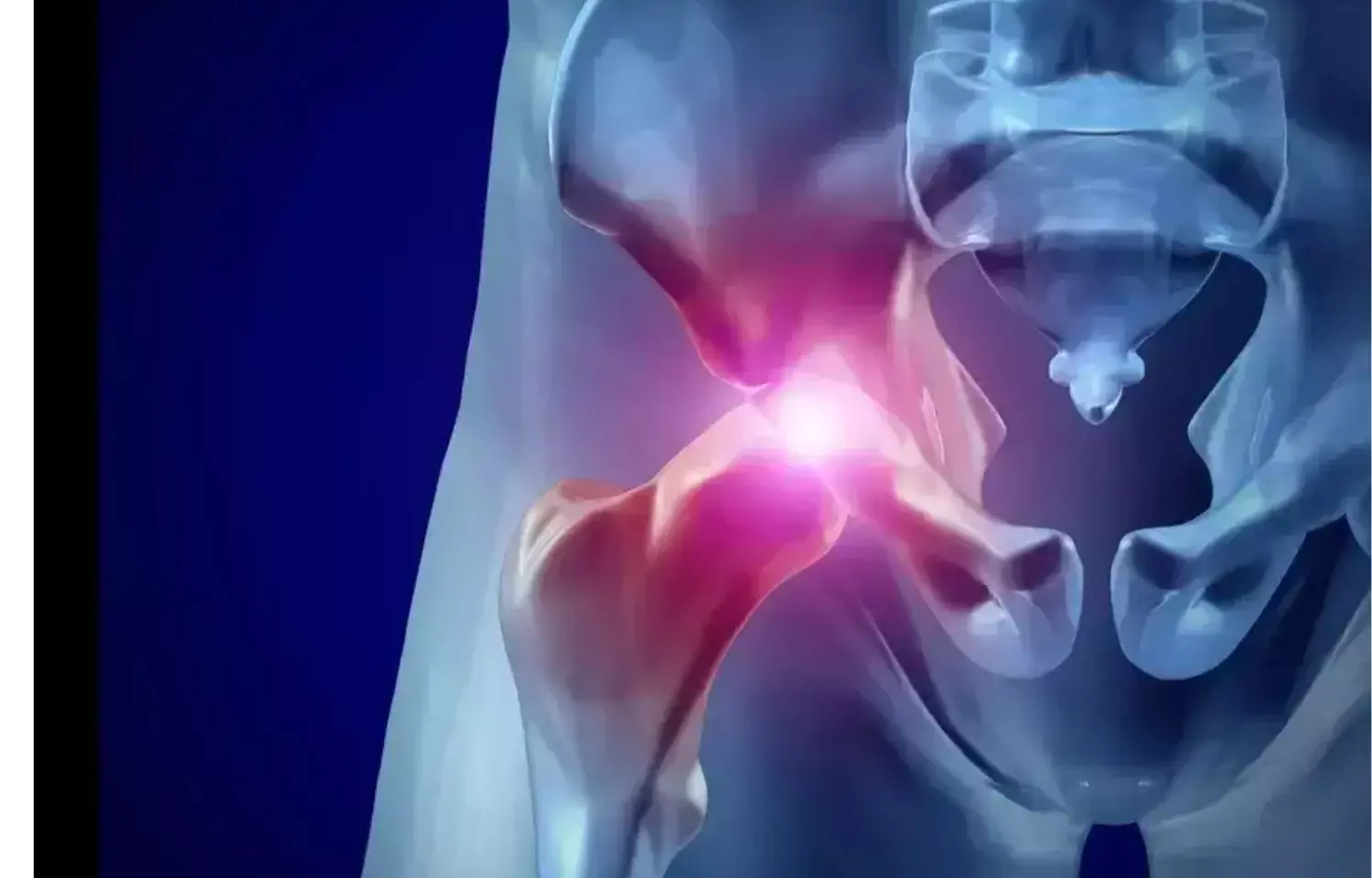- Home
- Medical news & Guidelines
- Anesthesiology
- Cardiology and CTVS
- Critical Care
- Dentistry
- Dermatology
- Diabetes and Endocrinology
- ENT
- Gastroenterology
- Medicine
- Nephrology
- Neurology
- Obstretics-Gynaecology
- Oncology
- Ophthalmology
- Orthopaedics
- Pediatrics-Neonatology
- Psychiatry
- Pulmonology
- Radiology
- Surgery
- Urology
- Laboratory Medicine
- Diet
- Nursing
- Paramedical
- Physiotherapy
- Health news
- Fact Check
- Bone Health Fact Check
- Brain Health Fact Check
- Cancer Related Fact Check
- Child Care Fact Check
- Dental and oral health fact check
- Diabetes and metabolic health fact check
- Diet and Nutrition Fact Check
- Eye and ENT Care Fact Check
- Fitness fact check
- Gut health fact check
- Heart health fact check
- Kidney health fact check
- Medical education fact check
- Men's health fact check
- Respiratory fact check
- Skin and hair care fact check
- Vaccine and Immunization fact check
- Women's health fact check
- AYUSH
- State News
- Andaman and Nicobar Islands
- Andhra Pradesh
- Arunachal Pradesh
- Assam
- Bihar
- Chandigarh
- Chattisgarh
- Dadra and Nagar Haveli
- Daman and Diu
- Delhi
- Goa
- Gujarat
- Haryana
- Himachal Pradesh
- Jammu & Kashmir
- Jharkhand
- Karnataka
- Kerala
- Ladakh
- Lakshadweep
- Madhya Pradesh
- Maharashtra
- Manipur
- Meghalaya
- Mizoram
- Nagaland
- Odisha
- Puducherry
- Punjab
- Rajasthan
- Sikkim
- Tamil Nadu
- Telangana
- Tripura
- Uttar Pradesh
- Uttrakhand
- West Bengal
- Medical Education
- Industry
Novel "Screw First" Technique to Get Past Nail-Jig Mismatch in Proximal Femoral Nailing

Proximal femoral nailing is the gold standard of surgical treatment for unstable intertrochanteric hip fractures. One of the intraoperative complications encountered in this procedure is the nail–jig mismatch due to causes such as manufacturing errors and fatigue deformation of sleeves or jig.
Nail–jig mismatch leads to eccentric placement of guidewire within the screw slots of PFN and subsequent difficulty in reaming and screw insertion. The potential complications of this include guide wire deformation, breakage, nail damage and screw malposition.
Atmananda S. Hegde et al propose a simple and effective technique to tackle this complication, called as "Screw first" technique. The principle of this technique is to utilize screws as guide wire sleeves to effectively centralize the guidewire position within nail slots. On identifying a mismatch by the eccentric position of guidewire, a long screw is first inserted partially till its shaft engages into the screw slot allowing subsequent insertion of a guidewire which assumes a centralized position, thus bypassing the mismatch of jig. Following this, the usual steps of reaming and final screw insertion are undertaken. This method is effective, simple, quick and requires no special instrumentation.
Step 1: Look for eccentric position of guidewire through the screw slot in PFN using image intensifer to anticipate nail–jig mismatch.
Step 2: Retaining the guidewire in the proximal slot to act as derotation device, first tackle the compression screw. This step involves reaming of only the lateral cortex of proximal femur over the eccentric guidewire.
Step 3: The longest available screw is selected (usually 120 mm) and partially introduced over the eccentric guidewire without a sleeve. Because of the tapered nature of the screw tip, it will find its way inside the slot even in case of eccentric position, and it should be advanced till the threaded portion of the screw just crosses the nail. Thus, the smooth shaft of the screw snugly fits into the nail slot. Some deformation of the guide wire is expected at this stage, and care should be taken not to break the guidewire.
Step 4: Then, the eccentric bent guide is removed carefully.
Step 5: A fresh, straight guidewire is inserted through the cannulation of the partially inserted long screw without the sleeves. Here, the partially inserted long screw acts as a guidewire sleeve and centralizes the guidewire within the slot. The guidewire is inserted deep enough to achieve a strong subchondral purchase.
Step 6: Now, the partially inserted long screw is carefully removed.
Step 7: Sizing and reaming are done over the guidewire.
Step 8: Appropriate screw is chosen and inserted. Note the guidewire does not undergo any deformation as the screw is inserted.
Step 9: Same steps are followed for the derotation screw.
The authors commented - "In most Indian setups, where nail–jig mismatch is not an unusual occurrence, this technique can be a valuable method to bail out the surgeon intraoperatively and prevent complications."
Key Words: Proximal femoral nail, Nail–jig mismatch, Screw first technique, Indian Journal of Orthopaedics.
Further reading:
"Screw First" Technique to Get Past Nail–Jig Mismatch in Proximal Femoral Nailing.
Atmananda S. Hegde, Prajwal P. Mane, Chethan B. Shetty, Samarth A. Thakkar
Indian Journal of Orthopaedics (2022) 56:699–704
https://doi.org/10.1007/s43465-021-00552-w
MBBS, Dip. Ortho, DNB ortho, MNAMS
Dr Supreeth D R (MBBS, Dip. Ortho, DNB ortho, MNAMS) is a practicing orthopedician with interest in medical research and publishing articles. He completed MBBS from mysore medical college, dip ortho from Trivandrum medical college and sec. DNB from Manipal Hospital, Bengaluru. He has expirence of 7years in the field of orthopedics. He has presented scientific papers & posters in various state, national and international conferences. His interest in writing articles lead the way to join medical dialogues. He can be contacted at editorial@medicaldialogues.in.
Dr Kamal Kant Kohli-MBBS, DTCD- a chest specialist with more than 30 years of practice and a flair for writing clinical articles, Dr Kamal Kant Kohli joined Medical Dialogues as a Chief Editor of Medical News. Besides writing articles, as an editor, he proofreads and verifies all the medical content published on Medical Dialogues including those coming from journals, studies,medical conferences,guidelines etc. Email: drkohli@medicaldialogues.in. Contact no. 011-43720751


